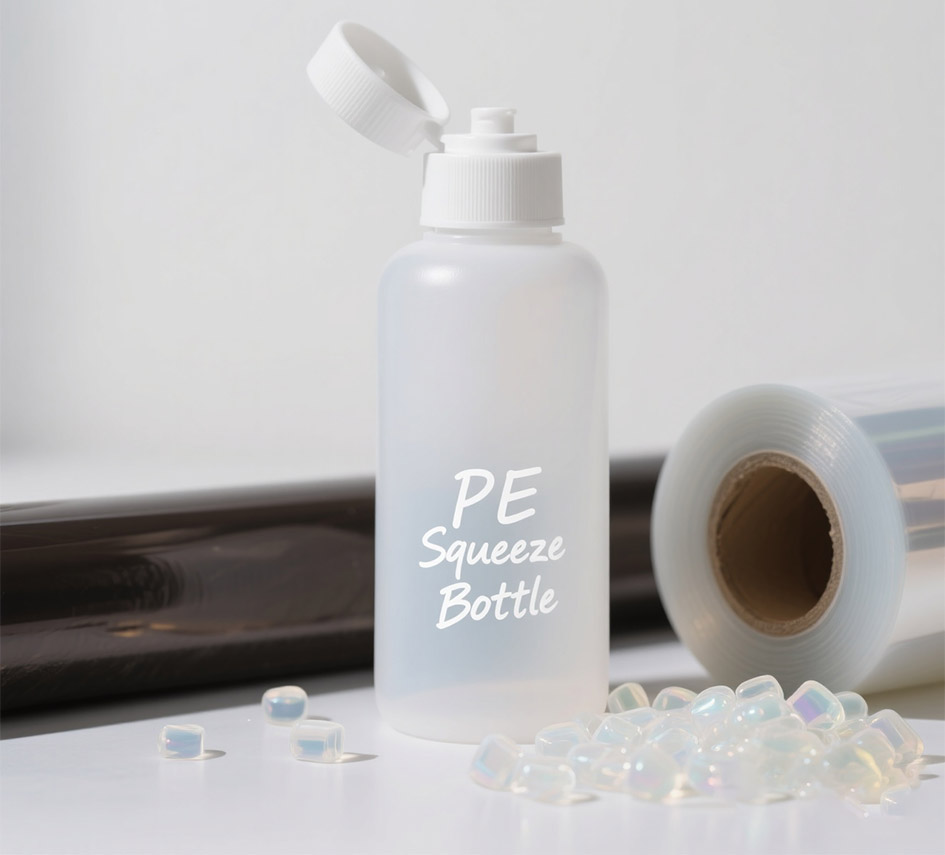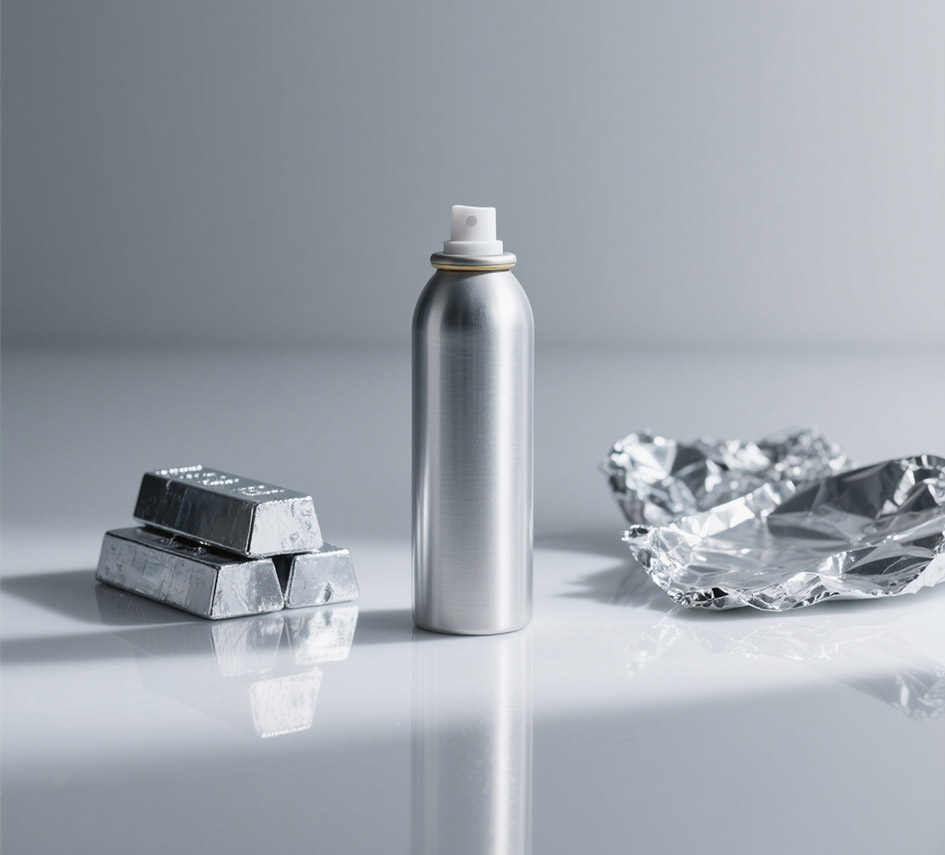
Within today's environment
{In today's sustainability-driven environment, the appetite for eco-friendly packaging options is surging. A group of usual plastics in packaging are polyethylene fabric, polypropylene resin, and PET polymer. Each medium offers unique attributes that make it advantageous for diverse applications. Polyethylene is a supple plastic often used in films, while polypropylene is known for its durability and is commonly found in carriers. PET, on the other hand, is clear and airy, making it a popular choice for water bottles.
{When electing sustainable packaging, it's essential to review factors such as the reusability of the substance, its natural effect, and its efficiency.
Gains of PET Packaging in Food and Beverage
{PET shells have become a popular choice for the food and beverage industry due to their numerous strengths. One key edge is its lightweight nature, which translates to reduced logistics costs and a smaller carbon footprint. PET is also highly recyclable, making it an environmentally responsible option. Furthermore, its transparent aspect allows for product visibility, enticing consumers and enhancing brand display.
- In addition, PET's durability protects offerings from damage during handling and storage, ensuring freshness and quality.
- Because of its barrier properties, PET effectively stops the entry of moisture, oxygen, and debris, preserving product flavor and safety.
To sum up, PET packaging offer a efficient solution for the food and beverage industry, combining cost-effectiveness with sustainable considerations.
PP Packaging: Strength and Functionality for Consumer Products
{Polypropylene containers, commonly known as PP, has emerged as a leading choice for consumer goods due to its exceptional versatility and durability. Such attributes make it ideal for a wide range of applications, from food preservation to household items. The inherent strength of PP provides excellent protection against impact, scraping, ensuring the integrity of the product throughout its lifecycle. Furthermore, PP's hardiness to withstand a variety of temperatures and environmental conditions makes it suitable for both indoor and outdoor use.
- PP packaging offers a high level of recyclability, minimizing its environmental influence.
- Fabricators often utilize PP to create lightweight and compact packaging solutions, reducing transportation expenditures, and promoting eco-consciousness.
- The smooth surface of PP makes it easy to print on, allowing for clear and vibrant product entitling.
In summary, PP packaging's combination of durability, versatility, and sustainability has firmly established it as a preferred choice for protecting and presenting consumer goods in today's market.
Aluminum metal's in Premium and Protective Packaging
{Aluminum has emerged as a fundamental material in the realm of premium and protective packaging. Its inherent peculiarities make it an ideal choice for safeguarding commodities during transport and storage. Aluminum's durability provides exceptional cover against natural factors such as moisture, oxygen, and light, ensuring product integrity and extending shelf life. Furthermore, aluminum's appearance appeal contributes to the premium perception of packaged goods, enhancing brand prominence.
Comparing Material Properties: PE, PET, PP, Aluminum
{Various plastics and metals possess distinct exclusive characteristics that influence their applications. Polyethylene fabric, commonly known as PE, is renowned for its flexibility and low cost, making it suitable for packaging and containers. Polyethylene terephthalate typically labeled PET exhibits high durability and clarity, implemented for beverage bottles and textiles. Polypropylene element, or PP, demonstrates toughness and chemical resistance, adapting it for items like containers and automotive parts. Aluminum, a lightweight, stands out due to its exceptional conductivity and recyclability, facilitating applications ranging from cans to construction materials.
Sustainable Solutions: Biodegradable and Compostable Options
{In today's realm, it's more paramount than ever to reduce our impact on the planet. One way to do this is by opting for green alternatives to customary products. Biodegradable and compostable options offer a remarkable solution to litter problems. These materials break down naturally over time, restoring valuable nutrients to the soil.
- Demonstrations of biodegradable and compostable products feature food wrappers, totes, and even apparel.
- By choosing these selections, we can maintain natural resources and establish a more nature-based future.
Modernizations in Flexible Packaging: PE Films and Laminates
{The flexible packaging industry endlessly strives to develop innovative solutions that meet the evolving demands of consumers and manufacturers. Polyethylene (PE) films and laminates have emerged as key players in this landscape, offering a wide range of properties such as strength, durability, barrier performance, and versatility. Recent upgrades in PE film technology have led to the creation of high-performance materials with improved puncture resistance, tear strength, and chemical resistance. These enhancements empower the packaging of a diverse range of products, from food and beverages to pharmaceuticals and personal care items.
- Besides, advancements in lamination techniques have allowed for the integration of multiple layers of PE film with other materials such as resins and metallized foils. This multi-layered approach enhances the protective capabilities of packaging, providing superior barrier properties against moisture, oxygen, and light.
- Consequently, flexible PE films and laminates are increasingly being exploited in sustainable packaging solutions. Their lightweight nature reduces transportation costs and curtails the environmental impact associated with packaging waste.
Reviewing the Consequence
{In an era defined by environmental consciousness, the impact of packaging on sustainability has come under intense scrutiny. Traditionally, packaging has been viewed as a linear system, where materials are extracted, processed, used once and then discarded. However, embracing a circular economy approach presents a transformative solution. Those paradigm emphasizes reducing waste by reusing, repairing, and recycling packaging materials, minimizing the depletion of resources and environmental impact. By implementing innovative design strategies and fostering collaboration across the supply chain, businesses can create a closed-loop system where packaging becomes a valuable resource rather than a source of pollution.
- A circular economy approach to packaging prioritizes the reuse and recycling of materials.
- Inventive design strategies play a crucial role in minimizing packaging waste.
- Collaboration across the supply chain is essential for achieving a truly sustainable system.
Regulations and Ingredients for Packaging
{Packaging supplies are monitored under a variety of protocols designed to ensure the preservation of consumers and the biosphere. These conditions often dictate the types of compounds that can be used, as well as limitations on packagingconstruction to curtail potential hazards. Obedience with these guidelines is necessary for manufacturers to avoid sanctions. These protocols can vary Silicone Packaging from jurisdiction to jurisdiction, so it is imperative for businesses to evaluate the specific standards that apply to their offerings. A customary objective of packaging rules is to support nature protection. This often involves promoting the use of renewed substances and cutting down packaging refuse.
Lightweighting and Efficiency
{In today's dynamic market, consumer goods producers are constantly seeking innovation/optimization/advancements to enhance both the performance/efficacy/effectiveness of their packaging and its environmental footprint. Lightweighting/Material optimization/Reducing density emerges as a key strategy in achieving this balance. By strategically/intelligently/carefully reducing the weight of packaging materials without compromising protection/integrity/security, manufacturers can achieve significant benefits/gains/advantages. These include lowered/reduced/diminished transportation costs, minimized/decreased/limited environmental impact through lesser/reduced/minimal resource consumption and waste generation/emissions, and improved/enhanced/optimized shelf appeal due to a more streamlined/compact/efficient design.
- Additionally/Furthermore/Moreover, lighter packaging can often lead to increased/enhanced/boosted product stackability, allowing for greater/more/superior storage efficiency and potentially lowering/reducing/minimizing overall shipping volumes.
Therefore/Consequently/As a result, investments/initiatives/commitments in lightweighting represent a strategic/forward-thinking/proactive step towards sustainable/eco-conscious/responsible packaging solutions that meet the demands of both consumers and the planet.
Selecting the Right Packaging Material: Factors to Consider
When it comes to packaging your merchandise, the choice of material is essential. It's not just about look; the right packaging needs to protect your items during transit and satisfy specific specifications. Here are some important factors to consider:
- Type of Product
- Durability
- Green Influence
- Cost
- Artistic Impression
By scrupulously considering these factors, you can identify the perfect packaging material to present your products while confirming their security. 